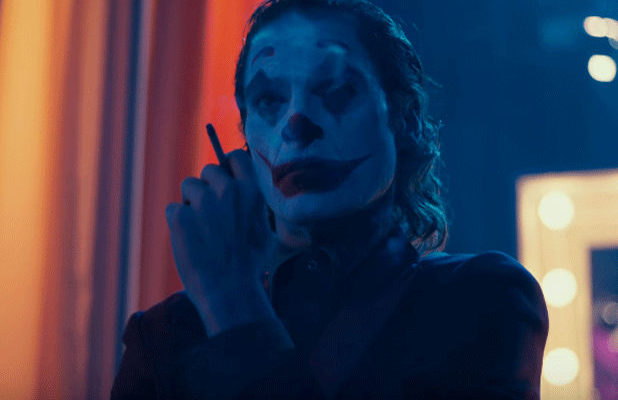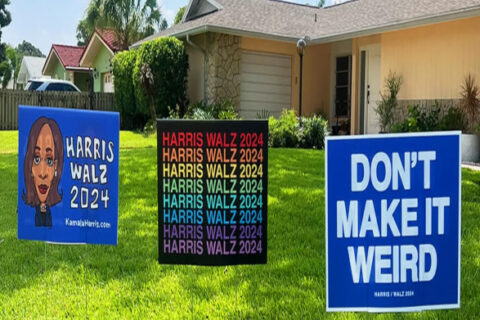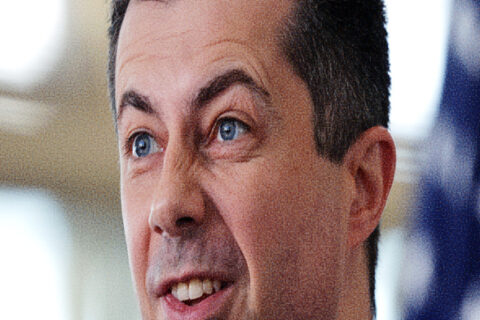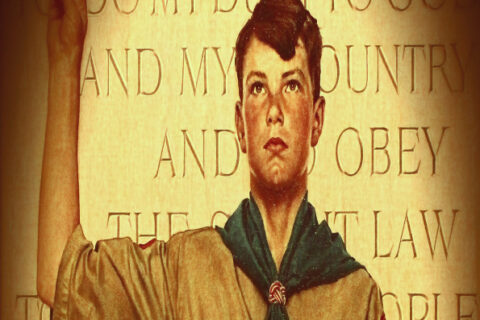When a Hollywood news blast first stated Joaquin Phoenix would play the Joker in the new Warner Brothers DC vehicle, I rolled my eyes. When the first teaser trailer was released, I thought we were getting a Taxi Driver remake. As I left the theater thoroughly entertained, I realized what a trick Phoenix and director Todd Phillips pulled on everyone. They used the greatest comic book villain to sneak a serious drama about modern urban dystopias and contemporary society into public consciousness.
Without the Joker packaging, this movie is simply a drama concerning the life of a mentally ill man in a broken society who eventually snaps. This is why everyone is looking at the film for some angle for serious commentary or altering the mirrors so that the reflection matches their preconceived notions. A serious drama along the lines of Joker would be lucky to get a $25 million budget (like Phoenix’s other awkward urbanite film, Her) and none of the marketing push or hysterical push-back by the media. It would get a limited release, some critical focus on Phoenix’s performance and Phoenix would get Oscar buzz. Phoenix improvised the bathroom dance scene, which is a chilling sign of Fleck’s insanity and more in step with his descent than the scripted actions. What we have right now is a cultural phenomenon because the Joker veneer sucked in millions more non-art house viewers than a pet project ever would in 2019.
I would like to skip a cultural commentary focus to discuss the craft on display in Joker. One exception: the vintage setting. The retro setting was likely because if they set this film today it would have been too uncomfortable for everyone living in cities. That he lives an impoverished, sexless life in a crappy apartment with his mom is not too far from living a sexless life in a Bay Area flophouse full of Funko Pops, drinking soylent. We would understand the Joker’s final snapping too well. We see it weekly. It would also break a Mafia like Hollywood code of never portraying our new urban areas as hellscapes for the non-rich. The meme of cities over small towns must be enforced except in Hallmark holiday season movies for middle aged moms. The Taxi Driver comparisons are easy to see due to the Gotham 1981 setting, which is close enough to Driver’s mid-’70s NYC setting. That is where it ends.
Joker is an intimate film. Phoenix is in every scene. Phoenix is an unreliable narrator but one must take his word for it as we always see action through his point of view. Did the confrontation with Thomas Wayne really happen? He is carefully blocked at the sink both in the bathroom after Wayne punches him and in his apartment. Even more unbelievable than sneaking into a theater during a protest is that he would have the rehearsed “Love me dad” delusional chat with Wayne. Why did the media call the subway clown shooter a vigilante if there was no proof of Joker stopping a crime or acting in self defense? Why did clocks always show the same time (11:11)? Did any of this happen? We accept these acts as real because everything comes back to Arthur Fleck’s life and point of view.
The visuals reinforce this by having Arthur be prominent in every shot, using many close ups and using a softer focus to draw your attention to Arthur/Joker at many moments. This is similar to impressionist painting trying to match the natural way we see where things are blurry except that which is directly in our focus. There is a gorgeous shot of Arthur on the bus with the sunlight shining around him, providing a dreamlike look. Similar to Tony Montana in Scarface, the audience wants him to succeed and overcome his faults despite being a piece of crap because the story is his story. The film has sucked us all in and made us invested in his triumph. They made you cheer for a monster.
For a director and cinematographer known for comedies, the direction and camera work for this film are excellent. Gotham is a crummy city, and the camera uses much metal fencing in the foreground of shots to give the caged animal feeling to its citizens. Arthur is shot through the glass windows of a bus and cop car, resembling a mental asylum prisoner. The caged bird visuals add to the themes. Todd Phillips nails the awkwardness of atomized living. How does one strike up conversations with strangers? Don’t we all rehearse confrontations or conversations? With the solitary living of so many people today as we enter the Age of Singles (only children, serial daters, never marrieds, incels, childless wine aunts, isolated elderly), does not everyone act a little autistic? Phillips managed social commentary of a deeper meaning instead of the woke stunt casting of Marvel’s franchises.
This is the rock dropping into a pond moment for many. The media reports on atomization and the percentage of men and women with zero friends. More people are affected by overdose deaths today than at any time in our nation’s history. Why if we have so much freedom? Why are we so miserable? We are not shown examples of this on television or in Hollywood. Mental cases who are loners are often put in rural, empty homes for horror films. This film is shot in a manner to isolate Phoenix’s protagonist despite being in the city. That he gets accosted by Hispanic looking youths and bitched at by a fat black woman while his black social worker looks at him stone-faced for an entire visit is another theatrical way they isolate Arthur Fleck in a way we cannot talk about now. He is a man surrounded by aliens in a bustling city that never sleeps. Had Arthur Fleck been woke stunt casted as a black man who became the Joker, the media would have loved this movie. They would have eagerly spotlighted all the ways the writing and cinematography and shot selection focused on only him and isolated him. He is the urbanite living in the hive, but due to being white, it activates the media crimestop.
That might be why everyone reacts to the Joker stairs dance sequence. He is alone. He is enjoying the moment. The film had Arthur trudging up those stairs on his commute home multiple times, even in the pouring rain. They were his mountain to climb. He was shot at the bottom of the stairs, dead center, and eventually making it up exhausted or wet. In contrast to the multiple shots earlier in the film, he is stomping and dancing on the stairs. In that moment, set shortly after he murders a father figure who betrayed him in a heartbeat, Arthur is happy and can do anything. He is on his way to appear on television, and anything is possible. Will he kill someone or himself? Blow up a subway? Start a riot? Is he going to bloom on the TV show?
Arthur has embraced his life, his madness, and the trouble forced upon him. That is his special moment in the city that does not hate him because it does not care about him. The film has the superhero packaging to make viewers forget who it really is onscreen. The urbanites watching the film see Joker taking form. What they do not want to admit is that they have those ephemeral moments of nearly insane glee in their urban bug life where they forget they are just like the mentally ill and off his meds Arthur, living in a crummy apartment with no friends.
-By Henry Delacroix

Visit The American Sun at The American Sun





